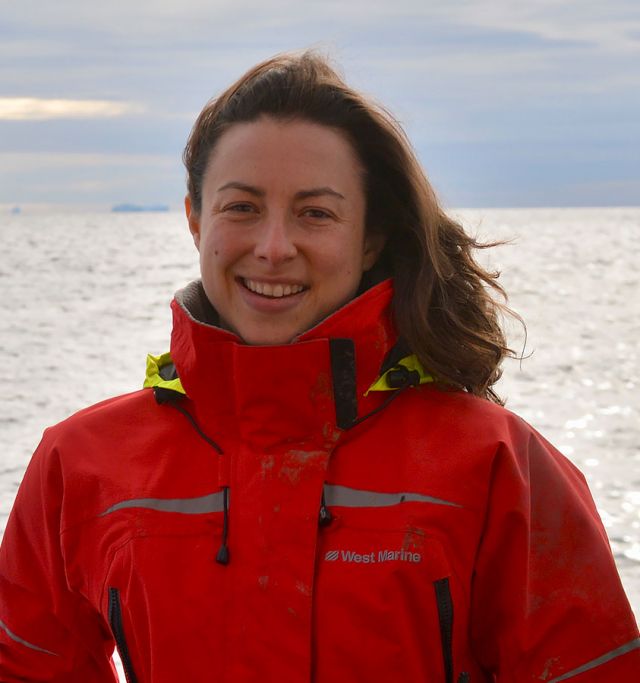Return of the “age of dinoflagellates”

Speaker
Alexis Fischer
UC Santa Cruz
Abstract
Monterey Bay is the largest open embayment along the U.S. West Coast and is subject to intense autumn dinoflagellate blooms, many of which are harmful algal blooms. During 2004–2007 these blooms were so dominant that it was called the “age of dinoflagellates”. In 2018, after a decade absence, these conditions returned with an abundance of dinoflagellates documented at the Santa Cruz Municipal Wharf (SCW) using an Imaging FlowCytobot (IFCB). The IFCB combines video and flow cytometric technology to capture images with chlorophyll fluorescence above a trigger threshold. A phytoplankton image training set was amassed and used to train a 28-category random forest classifier that has 90% overall accuracy. The dominant dinoflagellate was Akashiwo sanguinea, exceeding 40 cells mL-1 and 500 cells mL-1 in March and May, respectively – a time of year when dinoflagellates are characteristically rare. Also abundant were Prorocentrum spp., Ceratium spp., and Gymnodinum spp. – all “upwelling relaxation” dinoflagellate taxa (Smayda 2002). During the winter and spring, pulses of increased dinoflagellates were associated with wind reversals, relaxation of upwelling, water column stability, and river discharge, which would have created a retentive, nutrient-rich region at SCW. These daily dynamics were also reflected in interannual drivers of anomalous dinoflagellate abundance at SCW. A partial least-squares regression was applied to a 7-year de-seasonalized weekly SCW timeseries. Winds from the west and south, increased river discharge, and negative NPGO and ENSO anomalies could explain 80% of anomalous dinoflagellate chlorophyll from January through May. High-frequency IFCB sampling and our coastal phytoplankton classifier will continue to improve our understanding of harmful dinoflagellate bloom development and better inform monitoring decisions.
Speaker Bio
Alexis is a Delta Science Postdoctoral Fellow who is interested in the physical, chemical, and biological factors that promote development of blooms, especially harmful algal blooms (HABs). To explore phytoplankton dynamics on daily timescales in the Monterey Bay and San Francisco Bay, she uses an Imaging FlowCytobot (IFCB), an in-situ automated submersible flow cytometer that generates high-resolution images of particles in-flow taken from the aquatic environment. Alexis completed her PhD in Biological Oceanography in the Massachusetts Institute of Technology - Woods Hole Oceanographic Institution Joint Program. Her dissertation focused on cyst dormancy cycling and bloom initiation of Alexandrium catenella, a HAB dinoflagellate that causes paralytic shellfish poisoning.